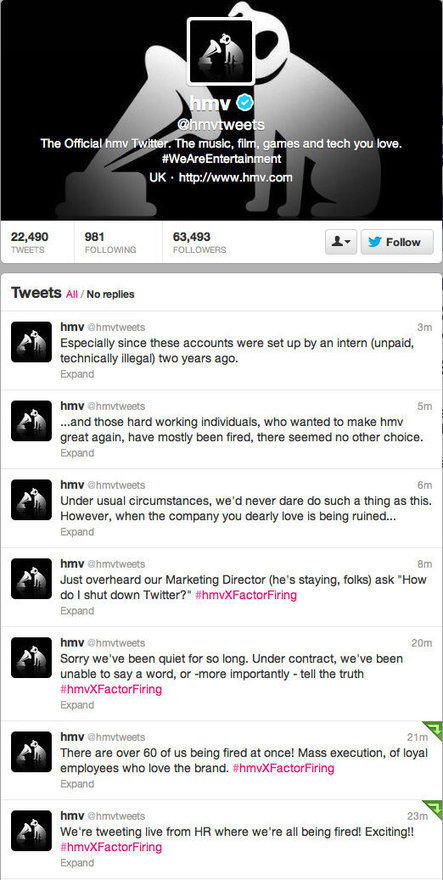Author Paul Smith describes how a finance pro used open and honest communication to navigate the stickiest of situations: a payroll shortage.
“The first time I couldn’t make payroll was the worst,” Andrew explained. “Having to choose which employees got paid and which didn’t was emotionally draining.” Most leaders trained in big-company environments would have handled it with the veiled finesse of a corporate lawyer. First, secretly decide how much each employee deserved to get, then talk to each employee, in private, and explain how much of their pay would be withheld until cash flow improved. Lastly, don’t tell anyone how much the other employees were getting. But a wink and a nod from the boss leads all of them to believe they were getting more than average. The secrecy would foment doubt. Maybe they were getting less than everyone else. The result is widespread suspicion, jealousy and complete lack of trust.
Fortunately for employees at bfinance, that’s not what Andrew did. Instead, he pulled all 25 employees into a conference room and explained the predicament in brutally honest terms. He wrote a number on the whiteboard and said, “That was our bank account balance at the beginning of the month.” Below that he wrote several other numbers, and explained, “Those are the revenues we expect to get this month and the expenses we have to pay to keep running the business.” After adding them all up, he wrote the result underneath. “That’s what we’ll have left at the end of the month to pay salaries,” and he circled the number. Just to the right of it, he wrote another number, and circled it. “That’s how much your monthly salaries add up to.” Andrew paused and let the audience assess the stark dilemma in front of them. The number on the right was much bigger than the number on the left. In fact, there was only enough money to pay about a third of the payroll. If anyone ever told a story using numbers more than words, Andrew was doing it.
Then he did something else unlikely to happen in a big company. He asked the employees—all 25 of them—what they thought he should do about it. He assumed the fairest thing to do was to pay everyone a third of their salary. But the team surprised him with a different suggestion. They thought a better method would be to pay a third of the employees all of their salary, and the other two thirds none. Andrew was horrified. How could he possibly choose which employees to pay and which not to pay? But the group surprised him a second time when they offered to help there as well. They would decide among themselves. Their criteria were based solely on who needed the money most urgently and who could wait a month or two to catch up. Andrew left the team to discuss the matter. When they delivered their decision, Andrew got his third surprise of the day. The people on the list to get paid were not the ones he expected. He thought the younger employees with the smaller salaries would be in the most desperate position. But among themselves they decided that the older ones—the ones with families to feed and mortgages to pay—had the most immediate commitments. Several of the younger ones still lived at home with their parents, or in an inexpensive apartment and had no family to support. They were the ones who volunteered to go without....
[A powerful story by Paul Smith and a must-read for crisis pr and employee communications specialists ~ Jeff]



 Your new post is loading...
Your new post is loading...











Mobility is the key in the current context.